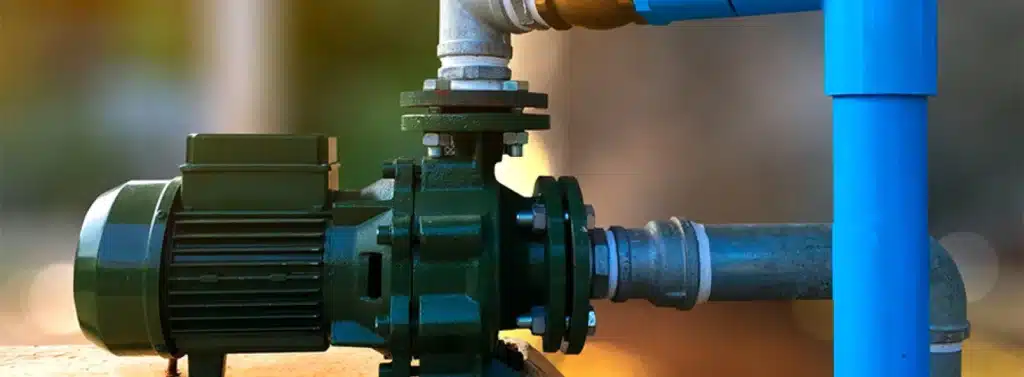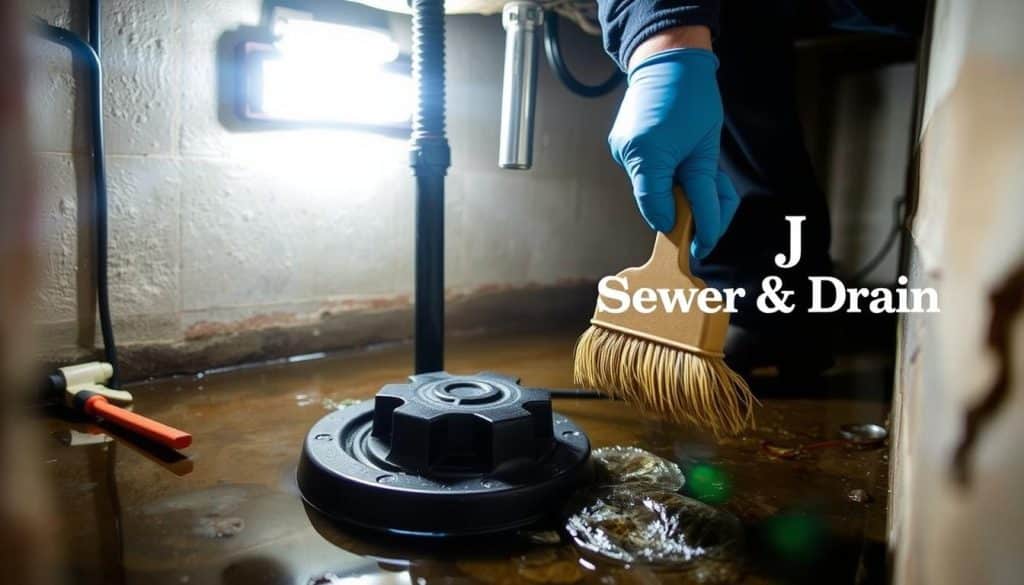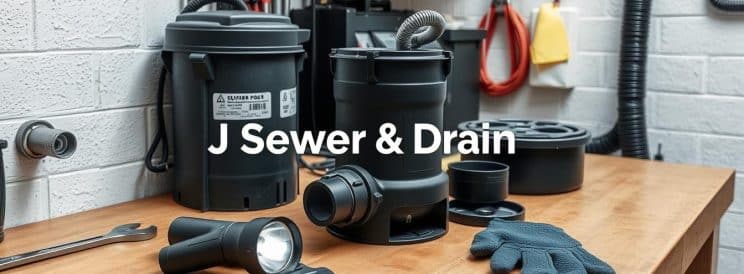Ever thought about what happens if your sump pump stops working during a heavy rain? What Maintenance is Required For a Sump Pump? Keeping your sump pump in good shape is key to avoiding water damage in your basement. It’s important to test it regularly and clean it often to make sure it works when you need it. Pros like
Key Takeaways
- Regular testing, especially before the wet season, ensures your sump pump works right.
- Cleaning the pump and area around it regularly stops clogs and keeps it clear.
- Checking and maybe replacing parts like the float switch and inlet screen is very important.
- Having a battery backup can stop the pump from failing when the power goes out.
- Listening for odd noises, feeling vibrations, or seeing water can mean it’s time for repairs or a new one.
- Getting water backup insurance can protect your stuff if the sump pump fails.
Understanding Your Sump Pump
To keep your sump pump working well, you need to know how it works. Learning about your sump pump’s type, age, and parts helps. This knowledge makes maintenance easier and more effective.
Identifying Your Sump Pump Type
It’s important to know if you have a submersible or pedestal sump pump. Submersible pumps sit in water, while pedestal pumps stand above it. Each type has its own upkeep needs. Regular checks can prevent many problems.
Knowing Your Sump Pump’s Age and Parts
Knowing your sump pump’s age and parts is key. Pumps over seven years old need more checks. Look at the motor, float switch, power cords, impeller, and discharge pipe often.
A good inspection can tell you if parts need to be replaced. Keep your pump’s manual handy for these checks.
Regular Testing of the Sump Pump
Regular testing of your sump pump is key to keeping it in top shape. It ensures your sump pump works well, lowering the risk of basement floods.
How to Test Your Sump Pump
To test your sump pump, slowly pour water into the sump pit. Watch how the pump reacts. A good sump pump turns on automatically and quickly removes water.
This test is a must for keeping your sump pump ready. If you hear odd noises or feel vibrations, it’s time for a deeper check.

Best Times to Perform the Test
Test your sump pump every month, especially before the wet season starts. This way, you catch problems early, avoiding big issues in heavy rains or storms.
Regular testing keeps your sump pump working well. It gives you peace of mind, knowing it’s ready when you need it most. By following these steps, you avoid unexpected failures during bad weather.
Cleaning and Inspection
Keeping your sump pump clean and checked is key to its working well. Start by turning off the pump and removing any debris from the sump pit. This step helps avoid clogs and keeps the system running smoothly. For a thorough check-up, get help from professionals. Companies like J Sewer & Drain Plumbing Inc. offer detailed inspections.
Also, inspect the pump’s parts, like the inlet screen. This can stop blockages that slow down water flow.

When you inspect, look for any wear or damage on the mechanical parts. Check the discharge area to make sure water is moving out right. Also, make sure there are no blockages in the pipes to avoid expensive repairs later.
By doing these steps, you can make your sump pump last longer. This helps keep your basement dry and prevents water problems.
Signs Your Sump Pump Needs Repair or Replacement
Keeping your home safe from flooding means knowing when your sump pump needs help. Regular checks can stop big problems. Here are the signs it’s time to fix or replace your sump pump.
Strange Noises and Vibrations
Unusual sounds or shakes from your sump pump mean it might not work right. These signs point to worn parts or a breakdown soon. Catching these early helps keep your pump working well.
Presence of Water in Basement
Water in your basement is a clear sign of trouble. It means your sump pump isn’t working or can’t handle water. Testing your pump regularly keeps it running smoothly.
Odor and Rust Issues
Watch for bad smells or rust on your sump pump. A musty smell can mean mold, while rust shows parts are failing. These problems hurt your pump’s performance and the whole system. Regular checks are key to fixing these issues.
Keeping your sump pump in top shape needs regular checks and care. Fixing problems early saves you from costly water damage. Remember, sump pumps usually last seven to ten years, so consider a new one if yours is that old.


